Home>Ideas and Tips>How To Choose The Right Siding Material For Your Home
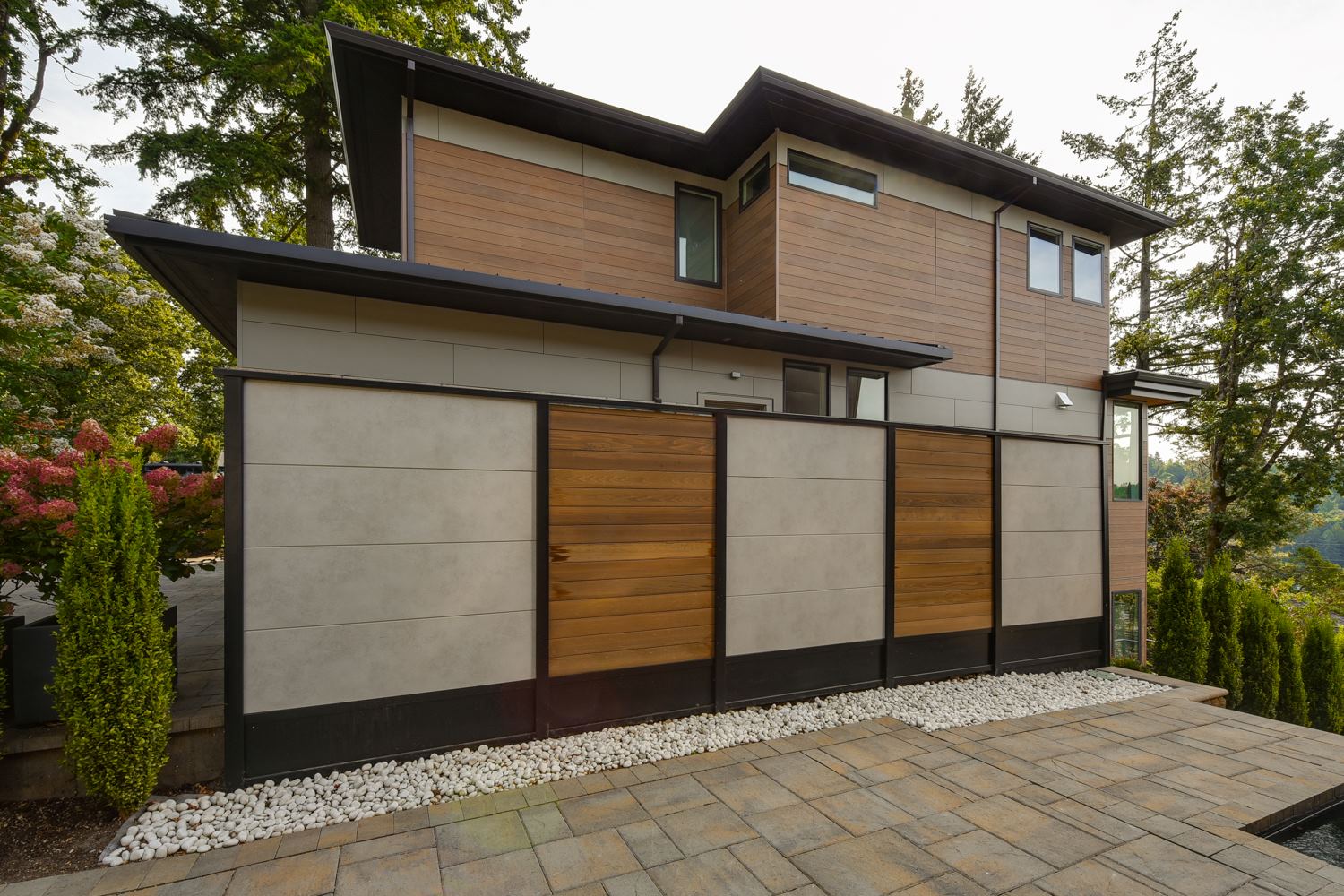

Ideas and Tips
How To Choose The Right Siding Material For Your Home
Modified: October 20, 2024
Discover how to choose the perfect siding material for your home, considering durability, cost, maintenance, and aesthetic appeal.
(Many of the links in this article redirect to a specific reviewed product. Your purchase of these products through affiliate links helps to generate commission for Storables.com, at no extra cost. Learn more)
Choosing the right siding material for your home is a big decision that can change the look and durability of your house. With so many options out there, it can be tough to pick the best one. But don't worry, we've got you covered. Let's break it down and help you find the perfect siding material for your home.
Understanding Your Needs
First things first, you need to know what you want and need. Here are some things to think about:
- Budget: Different siding materials have different prices. Vinyl siding is usually the cheapest, while fiber cement and metal siding can cost more.
- Durability: If you live in a place with harsh weather or have kids who might damage the siding, you'll want something tough.
- Aesthetic Appeal: The style of your home matters too. For example, if you have a traditional or rustic home, wood siding might look best.
- Maintenance: Some sidings need more upkeep than others. Wood siding needs regular painting or staining to keep it looking good.
- Environmental Impact: If you're worried about the environment, look for materials that are eco-friendly or sustainable.
Metal Siding
Metal siding is popular because it's durable and doesn't need much maintenance. It comes in different types like aluminum, steel, and zinc.
Pros:
- Durability: Metal siding can handle rain, snow, and strong winds.
- Low Maintenance: You don't need to paint or stain it, and it can stand up to bad weather without getting worn out.
- Fire Resistance: Metal siding doesn't catch fire, making it a good choice for homes in fire-prone areas.
- Energy Efficiency: Some metal sidings have insulation that helps save energy.
Cons:
- Noise: Metal siding can be loud during rain or hail.
- Cost: It's more expensive than options like vinyl.
- Appearance: Some people don't like how metal siding looks.
Vinyl Siding
Vinyl siding is a favorite because it's cheap and easy to install.
Pros:
- Affordability: Vinyl siding is usually the least expensive option.
- Low Maintenance: You don't need to paint or stain it, and it's resistant to rot and insect damage.
- Durability: Modern vinyl sidings are tough and can handle different weather conditions.
- Variety of Colors: Vinyl siding comes in many colors and styles to match any home.
Cons:
- Heat Sensitivity: Vinyl siding can warp or get brittle in extreme heat.
- Environmental Impact: It's made from non-renewable resources like petroleum, even though it can be recycled.
- Repair Challenges: Fixing damaged vinyl siding can be hard and might mean replacing whole sections.
Wood Siding
Wood siding gives a natural, timeless look that many people love.
Pros:
- Aesthetic Appeal: Wood siding looks classic and works well with traditional or rustic homes.
- Sustainability: Wood is renewable if it's sourced responsibly.
- Customization: You can stain or paint wood siding to match any color scheme.
Cons:
- Maintenance: Wood siding needs regular upkeep like painting or staining to protect it from rot and insect damage.
- Durability: It's less durable than materials like metal or fiber cement and might need more repairs.
- Pest Attraction: Wood siding can attract pests like carpenter ants and termites.
Fiber Cement Siding
Fiber cement siding mixes the durability of cement with the look of wood.
Pros:
- Durability: Fiber cement siding can handle weather and pests like woodpeckers.
- Low Maintenance: It doesn't need frequent painting or staining like wood siding.
- Fire Resistance: Fiber cement doesn't catch fire, making it a good choice for fire-prone areas.
- Variety of Styles: It comes in different styles like horizontal lap siding, vertical siding, and shingle-style siding.
Cons:
- Cost: Fiber cement siding is more expensive than vinyl but cheaper than metal.
- Weight: It's heavy and might need extra support during installation.
- Installation Challenges: If not installed right, it can crack or get damaged.
James Hardie Siding
James Hardie siding is a well-known brand of fiber cement siding.
Pros:
- Durability: It's known for being tough and resistant to weather and pests like woodpeckers.
- Aesthetic Appeal: Offers different styles like HardiePlank (horizontal lap), HardieShingle (cedar look), HardiePanel (vertical), HardieTrim (finish trim), and HardieSoffit (roof eaves protection).
- ColorPlus Technology: Has factory-baked-on colors that resist fading and chipping with a 15-year warranty.
- Warranty: Comes with a 30-year non-prorated transferable warranty when installed by a James Hardie Preferred contractor.
Cons:
- Cost: It's more expensive than vinyl but cheaper than metal.
- Weight: Needs proper support during installation because it's heavy.
Considerations for Specific Regions
Different areas have unique weather that can affect siding performance. Here are some tips:
Coastal Areas:
For places near the coast with saltwater exposure, consider materials like fiber cement or metal that resist corrosion.
High-Wind Areas:
In areas with strong winds, metal or fiber cement siding is recommended because they're durable against gusts.
Woodpecker-Prone Areas:
If woodpeckers are common where you live, use woodpecker-resistant materials like fiber cement or James Hardie siding.
Installation Tips
Proper installation is key to making your siding last. Here are some tips:
Hire a Professional:
While DIY projects can be fun, hiring a pro ensures the job is done right.
Check Local Building Codes:
Make sure your chosen material follows local building codes and rules.
Inspect Before Installation:
Check your home's exterior before installation to find any issues like uneven surfaces or gaps that need fixing.
Conclusion
Choosing the right siding material means thinking about your budget, durability, style, maintenance needs, and environmental impact. By understanding these factors and weighing the pros and cons of each material—metal siding for durability and fire resistance; vinyl siding for affordability; wood siding for its natural look; fiber cement siding for its durability against pests like woodpeckers; and James Hardie siding for its comprehensive features—you can make a smart choice that fits your needs.
Remember, proper installation is crucial for making your siding last. Always consult with pros if needed and follow local building codes to ensure a long-lasting and beautiful exterior for your home.
By following these guidelines and considering your specific needs and preferences, you can choose the best siding material for your home improvement project. Whether you're looking to improve the look or durability against harsh weather or pests like woodpeckers, there's a perfect option that meets both functional needs and personal style.
Was this page helpful?
At Storables.com, we guarantee accurate and reliable information. Our content, validated by Expert Board Contributors, is crafted following stringent Editorial Policies. We're committed to providing you with well-researched, expert-backed insights for all your informational needs.
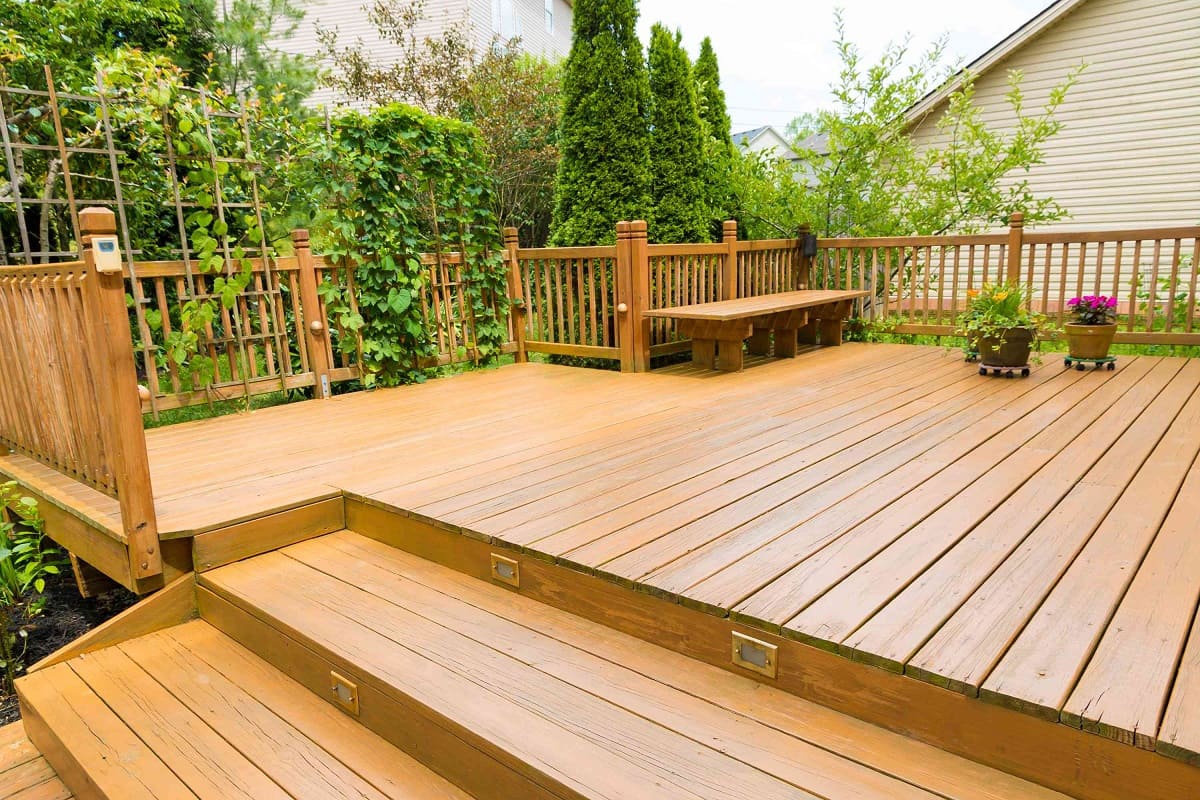
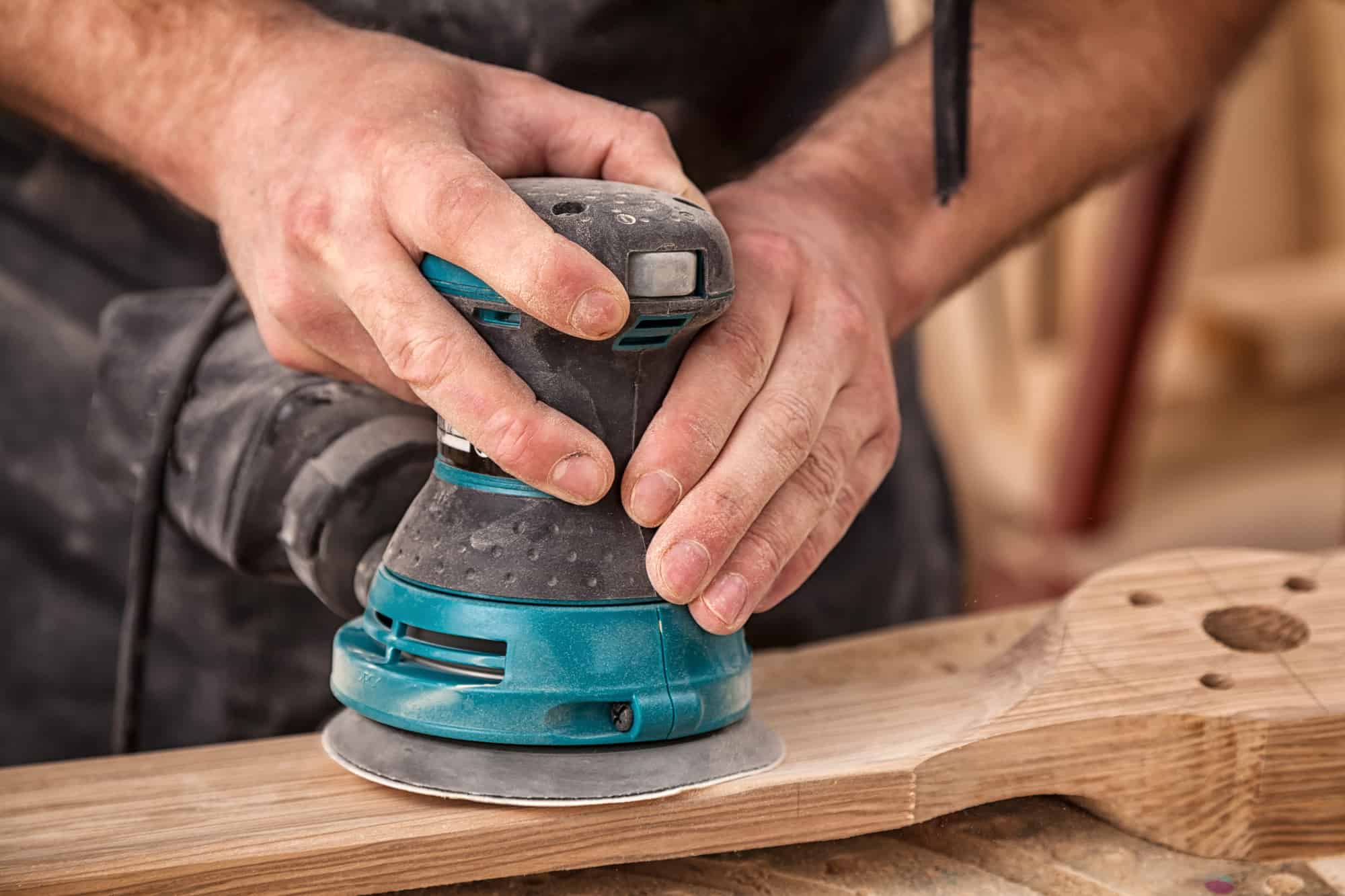
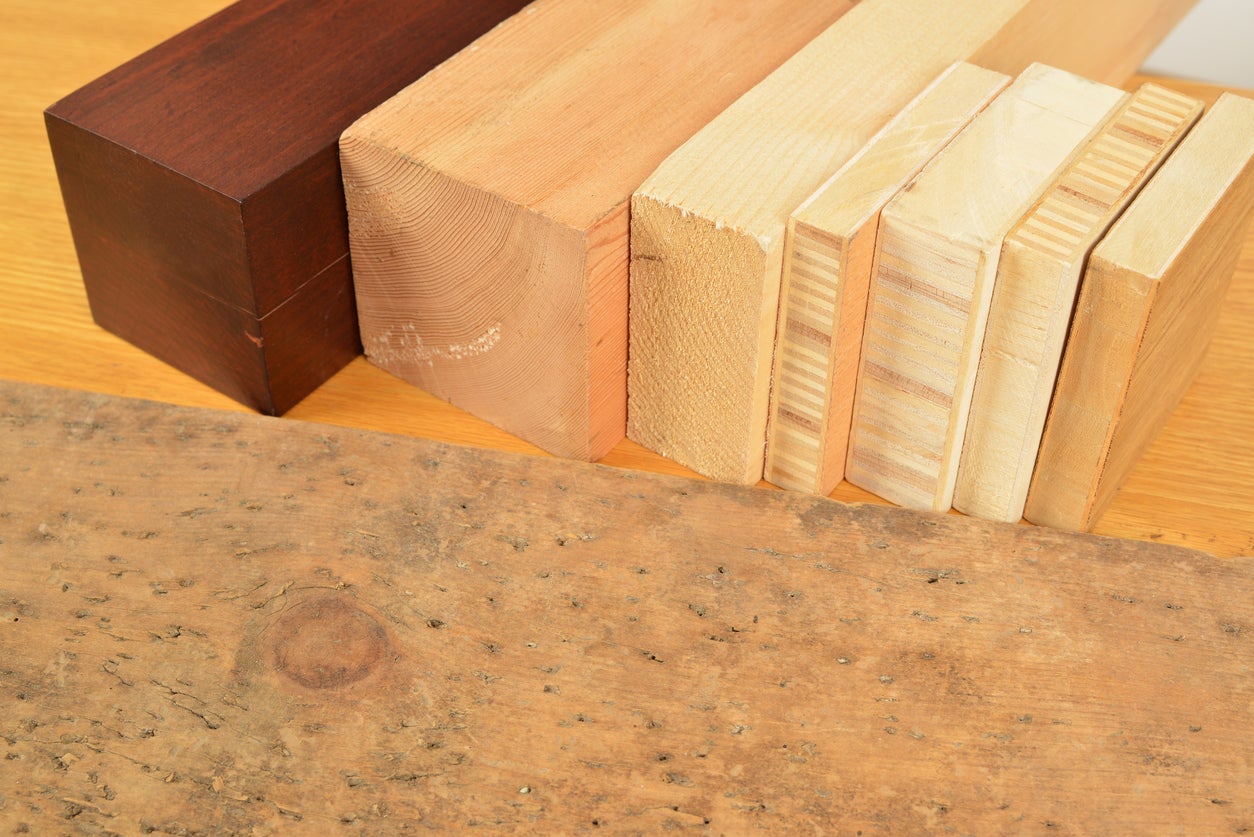
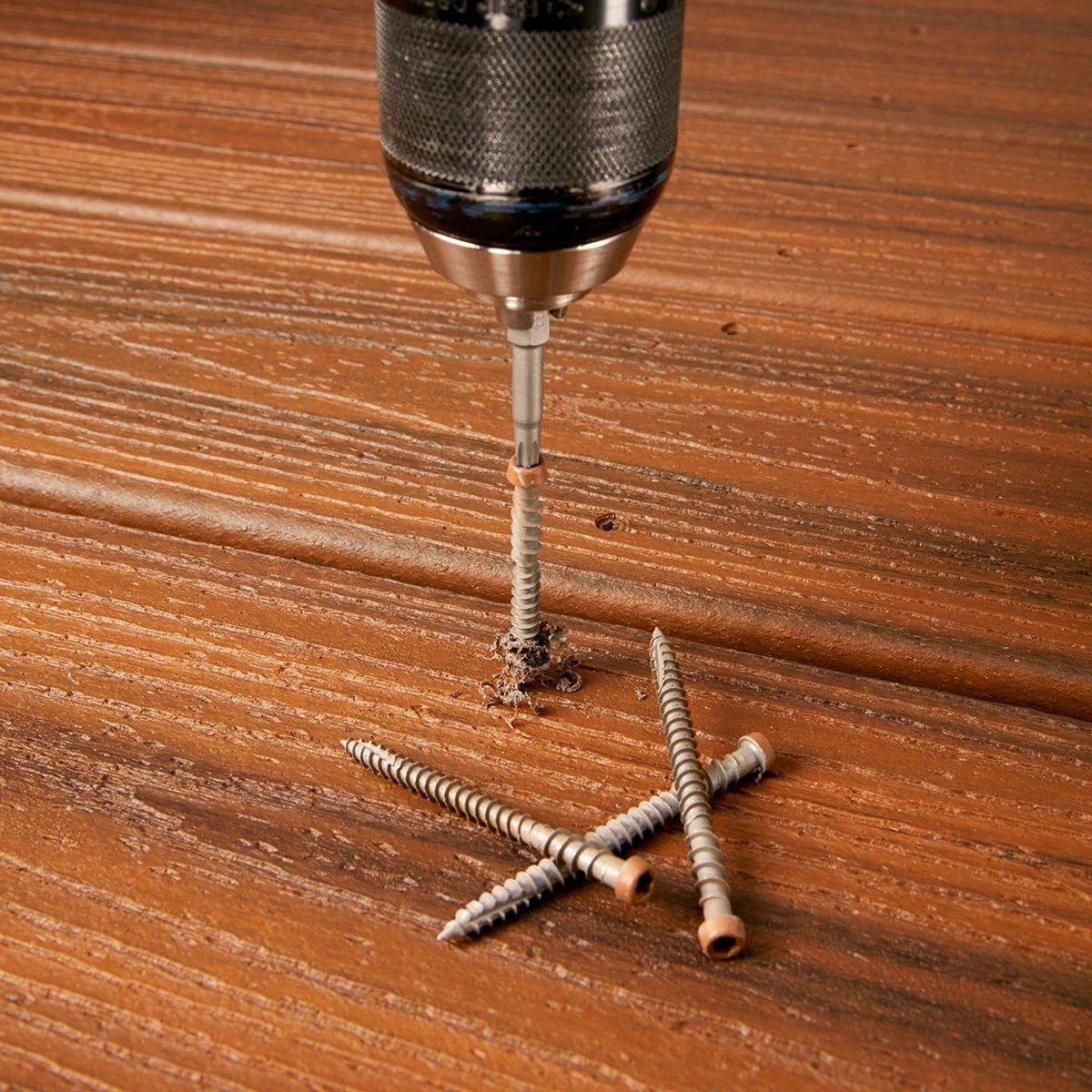
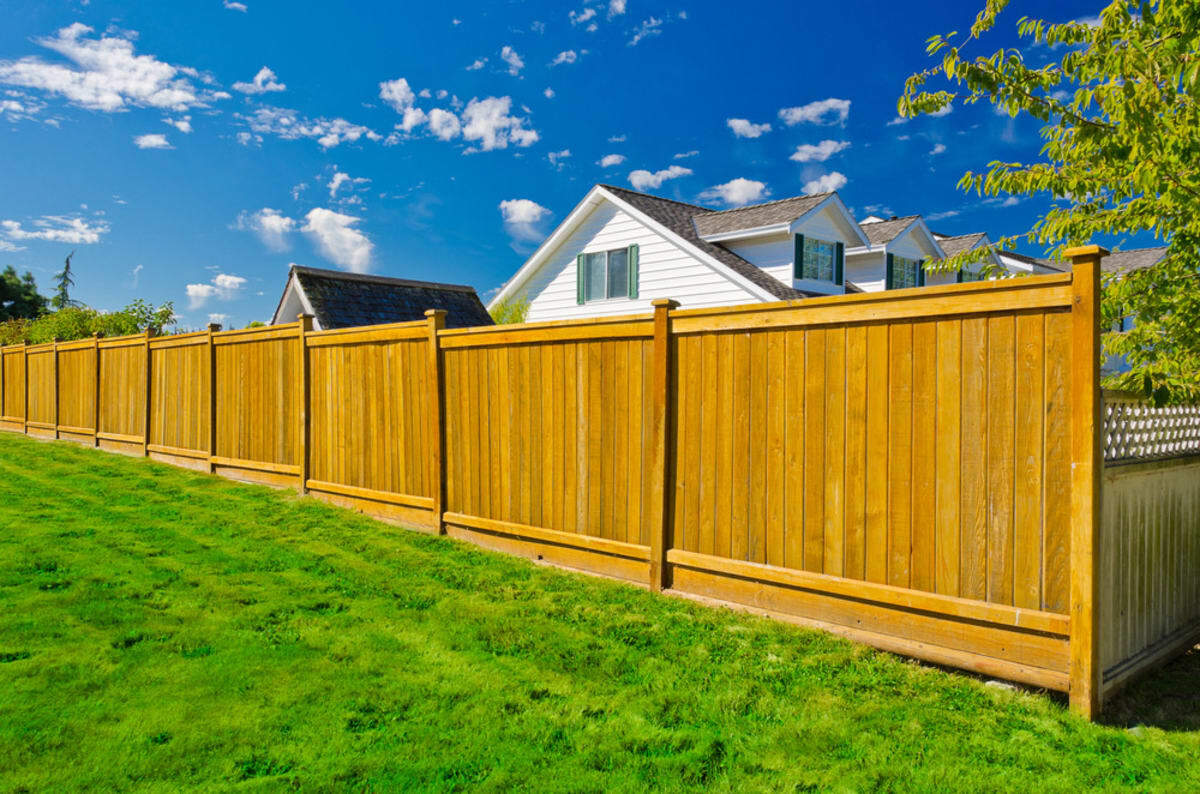
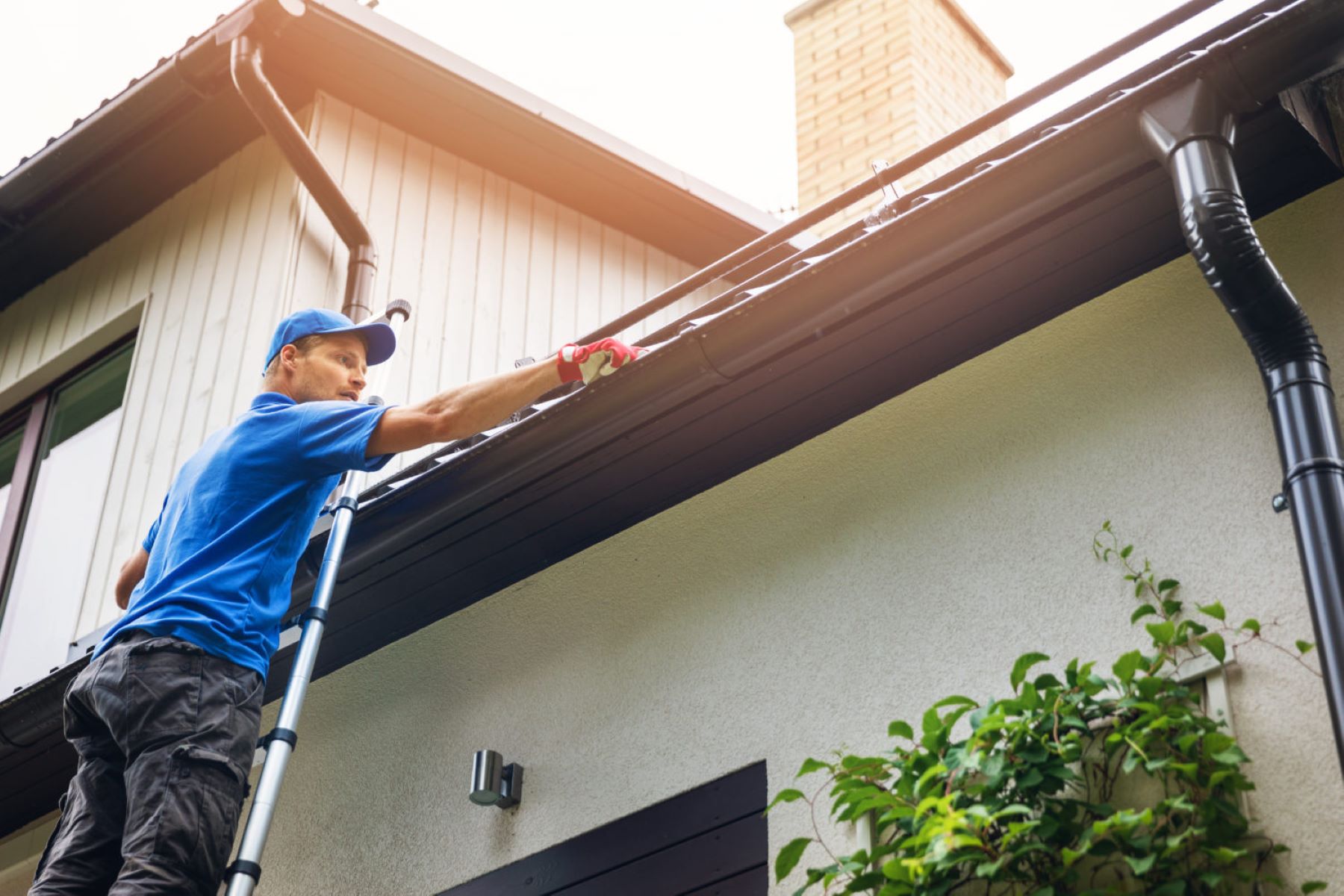
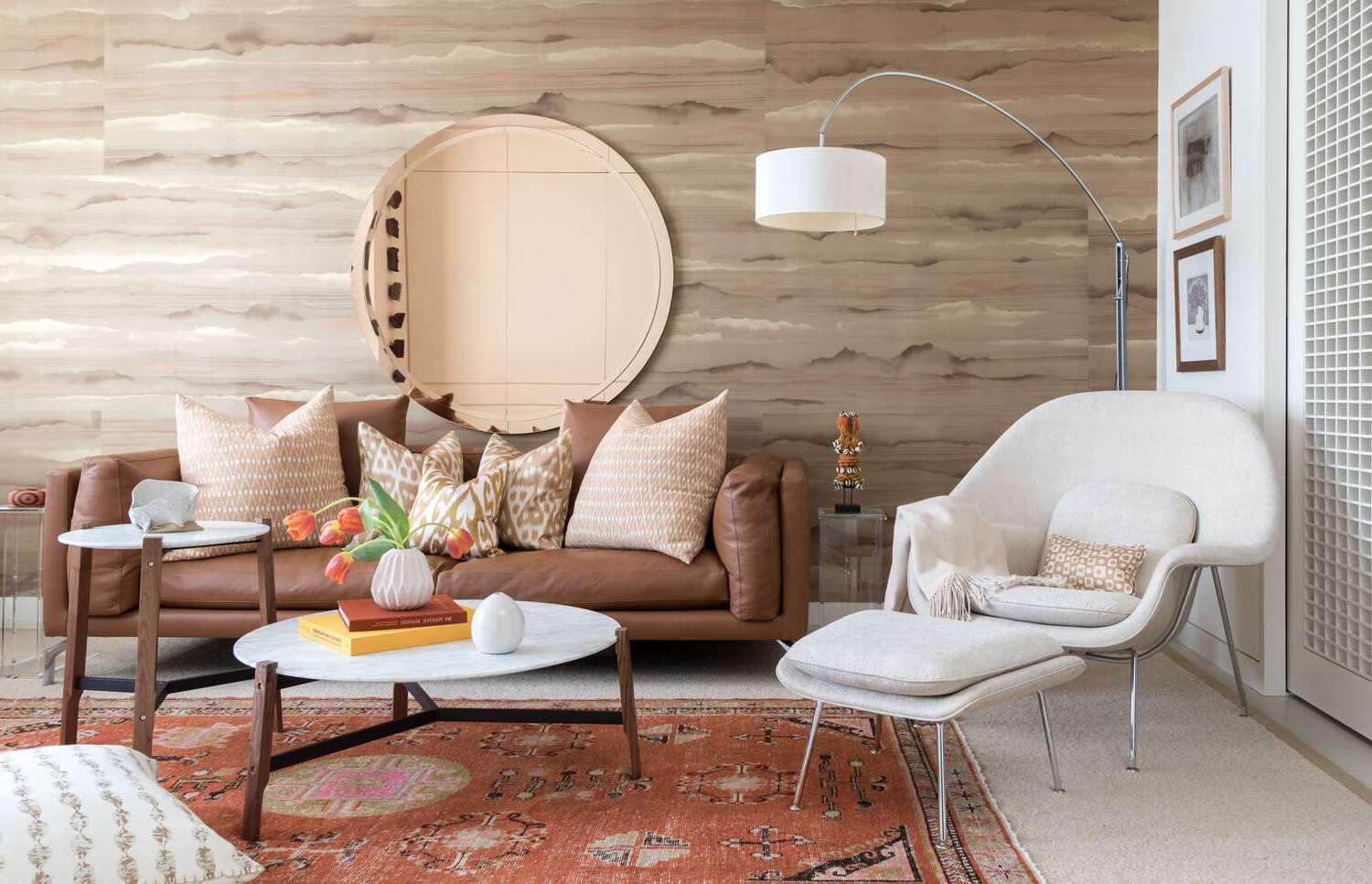
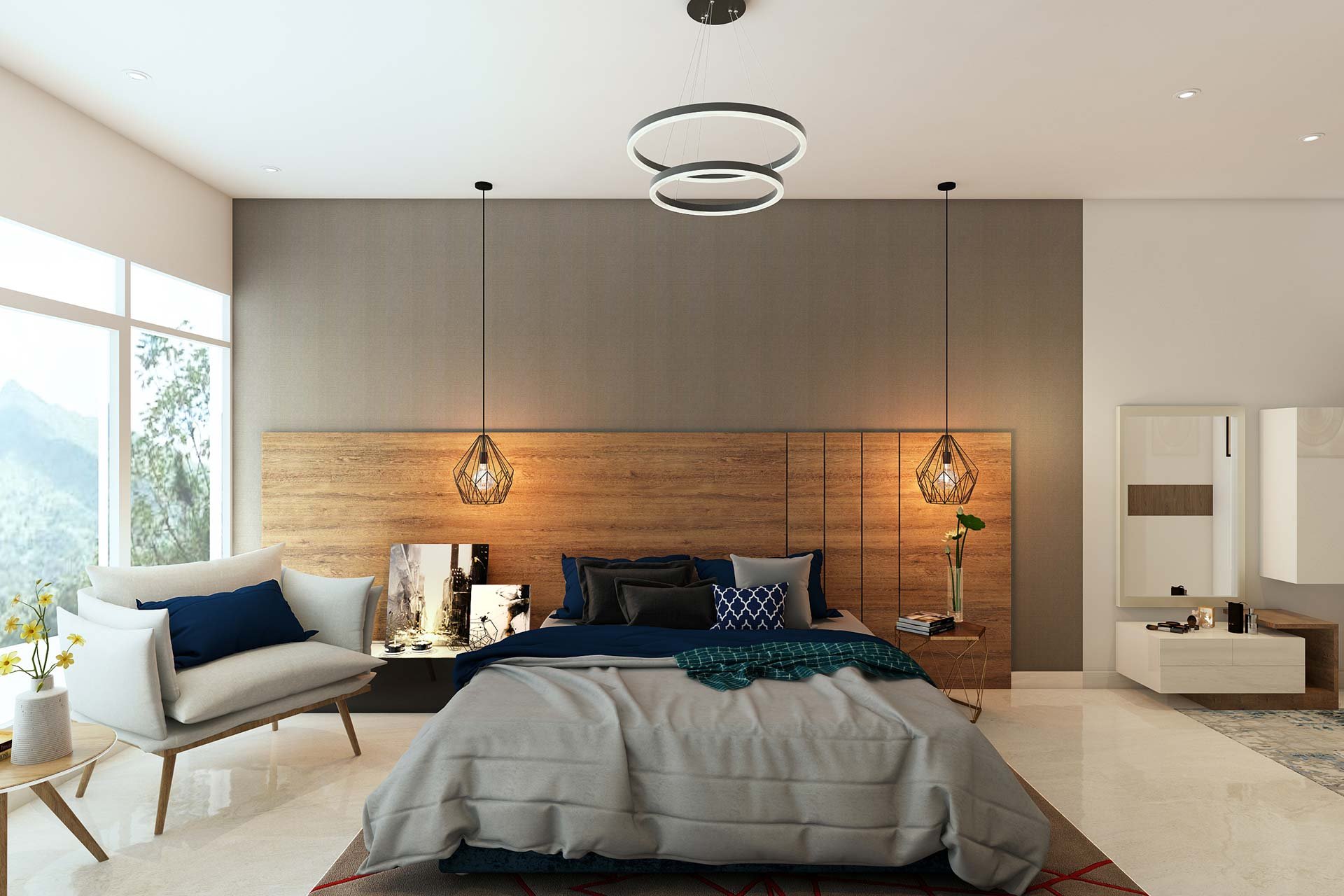
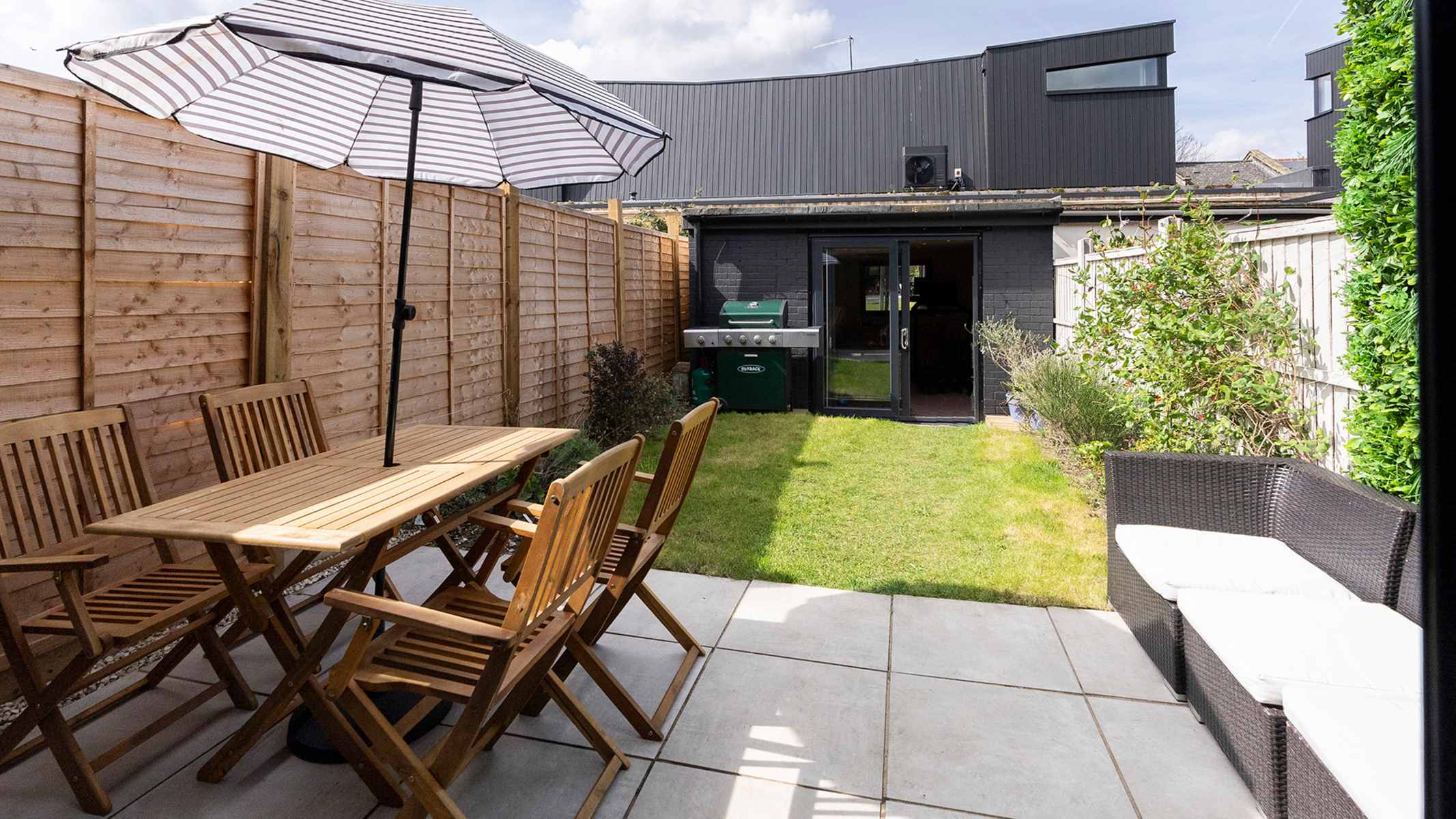
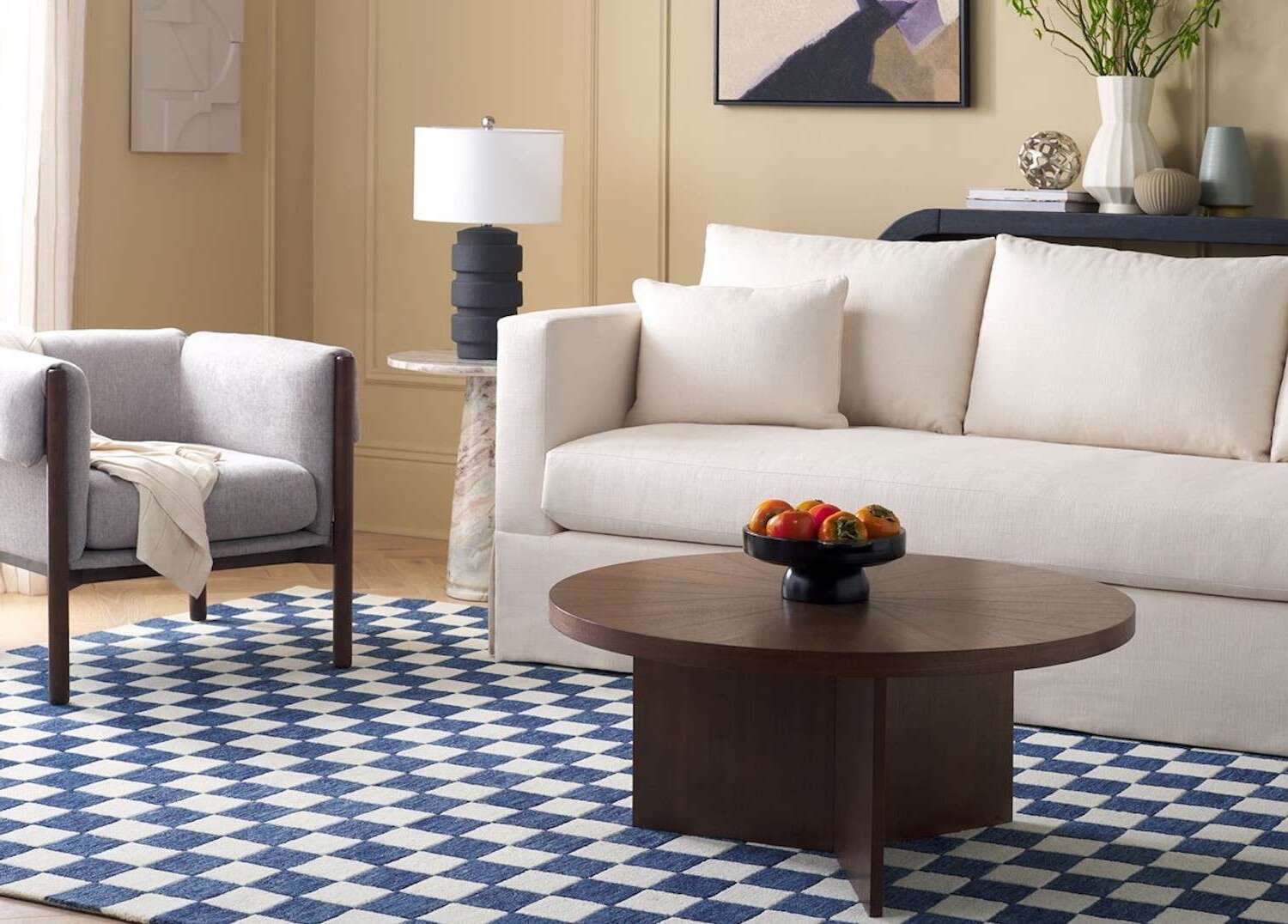
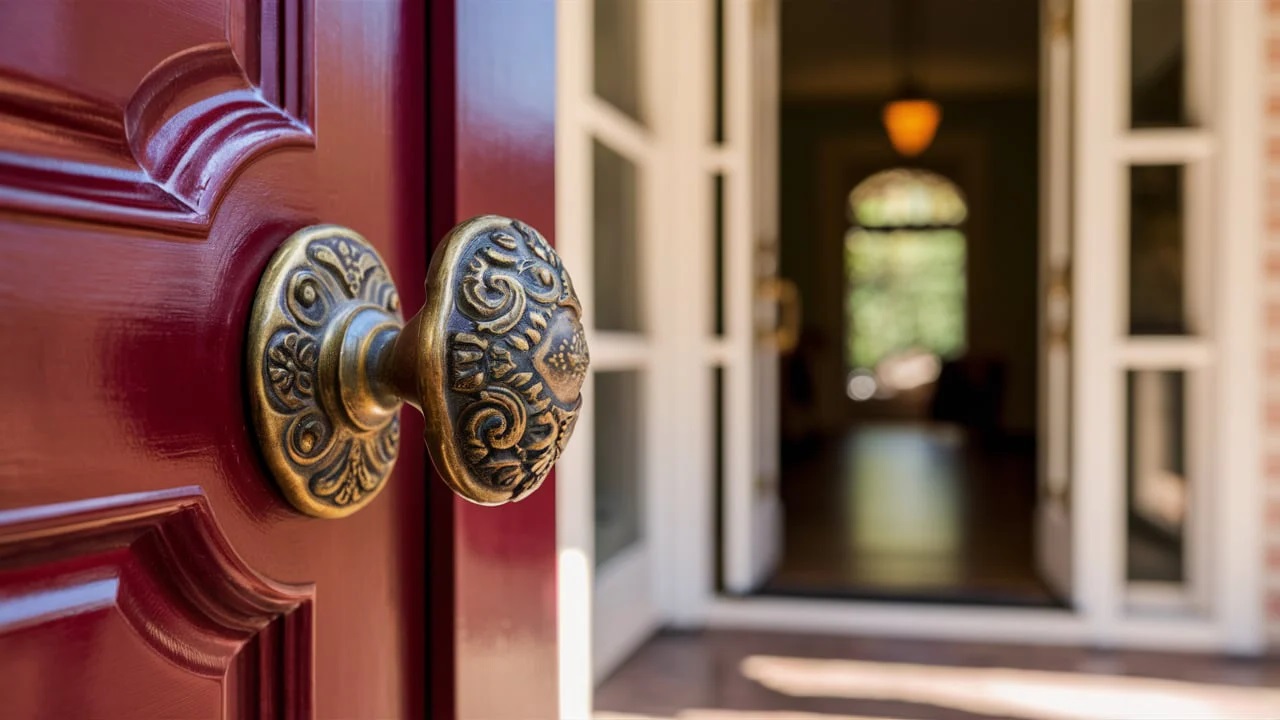
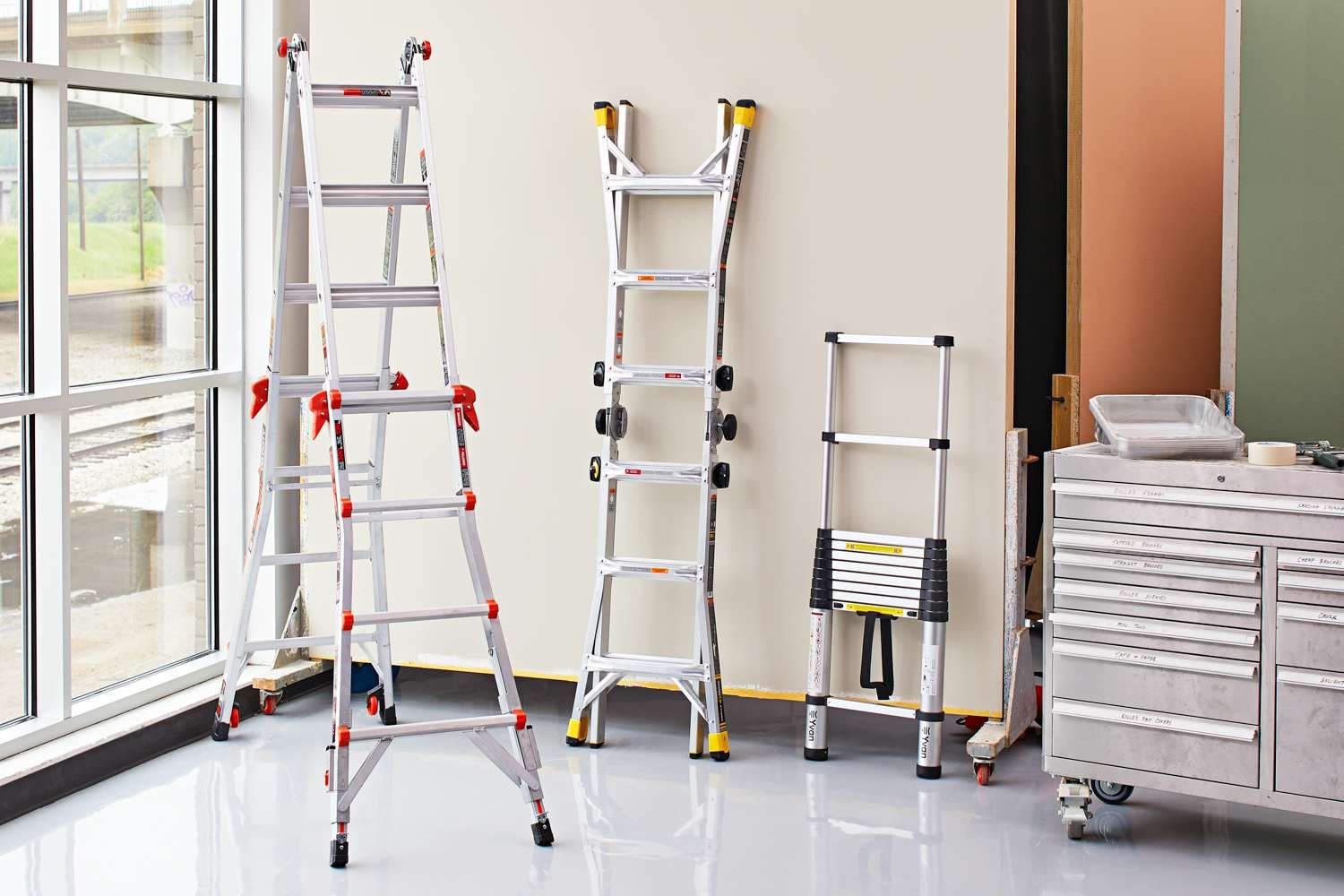
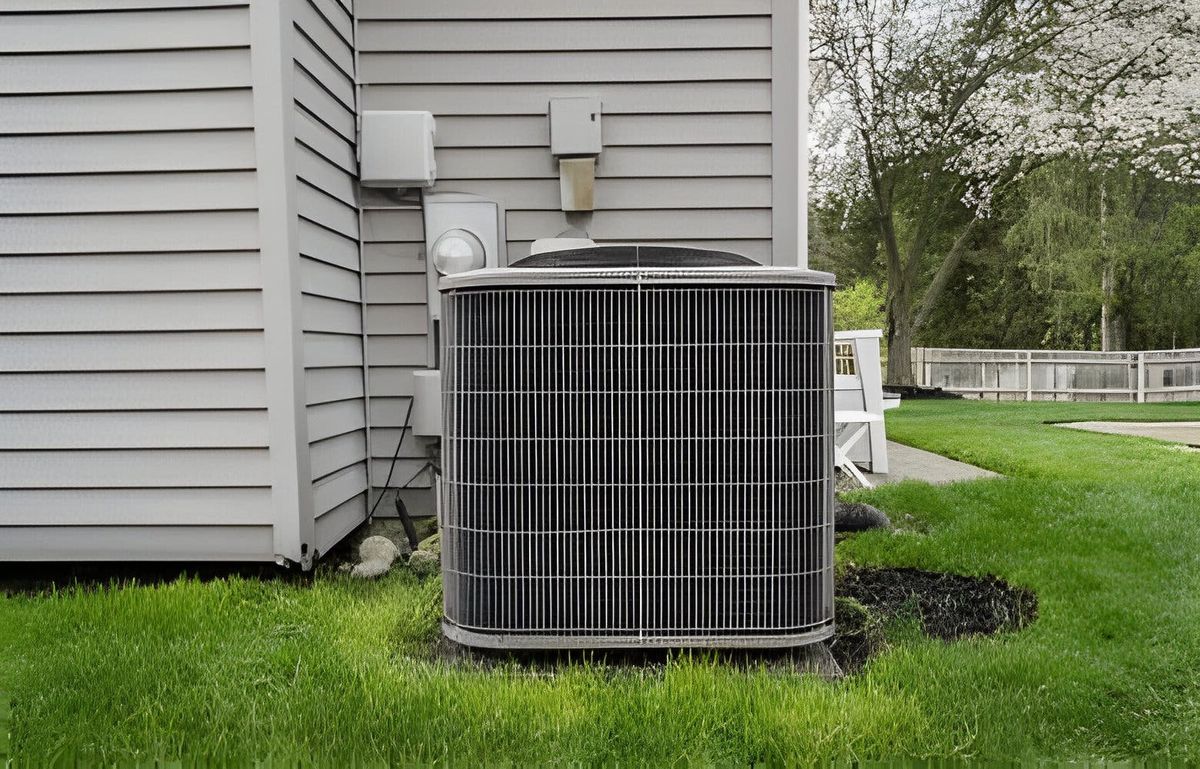
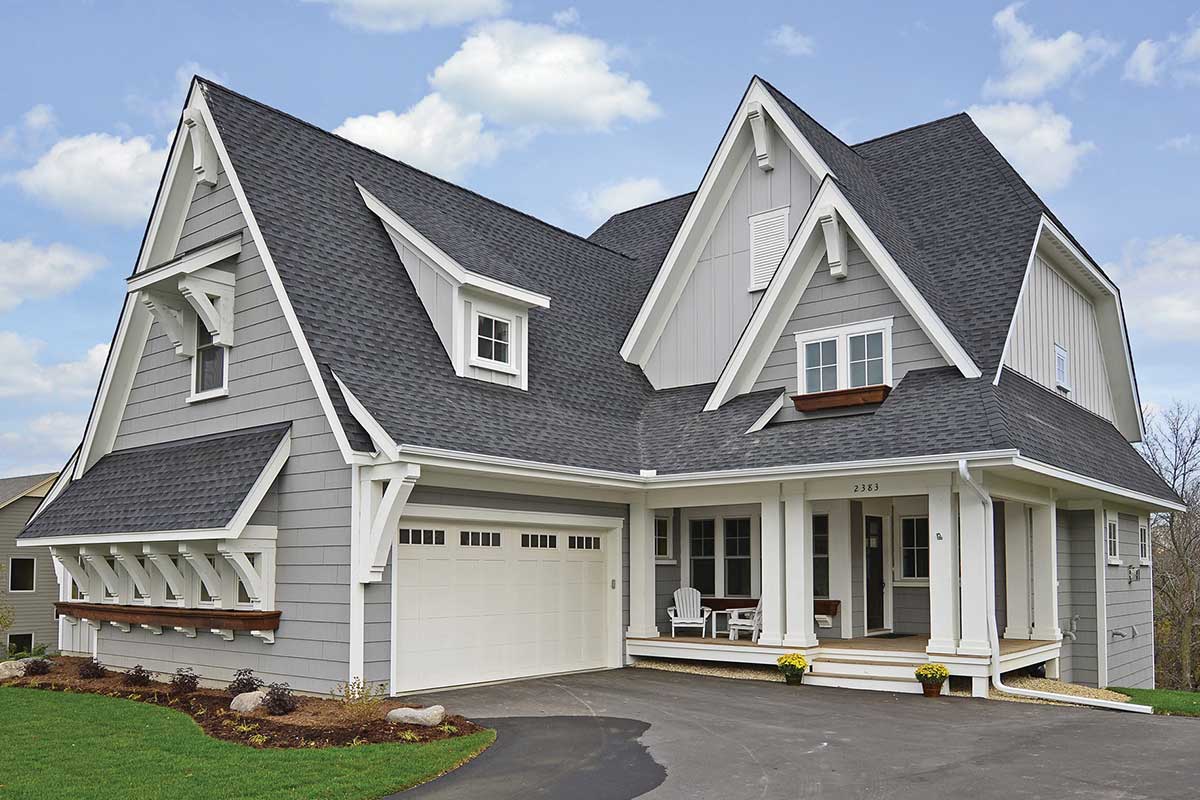

0 thoughts on “How To Choose The Right Siding Material For Your Home”